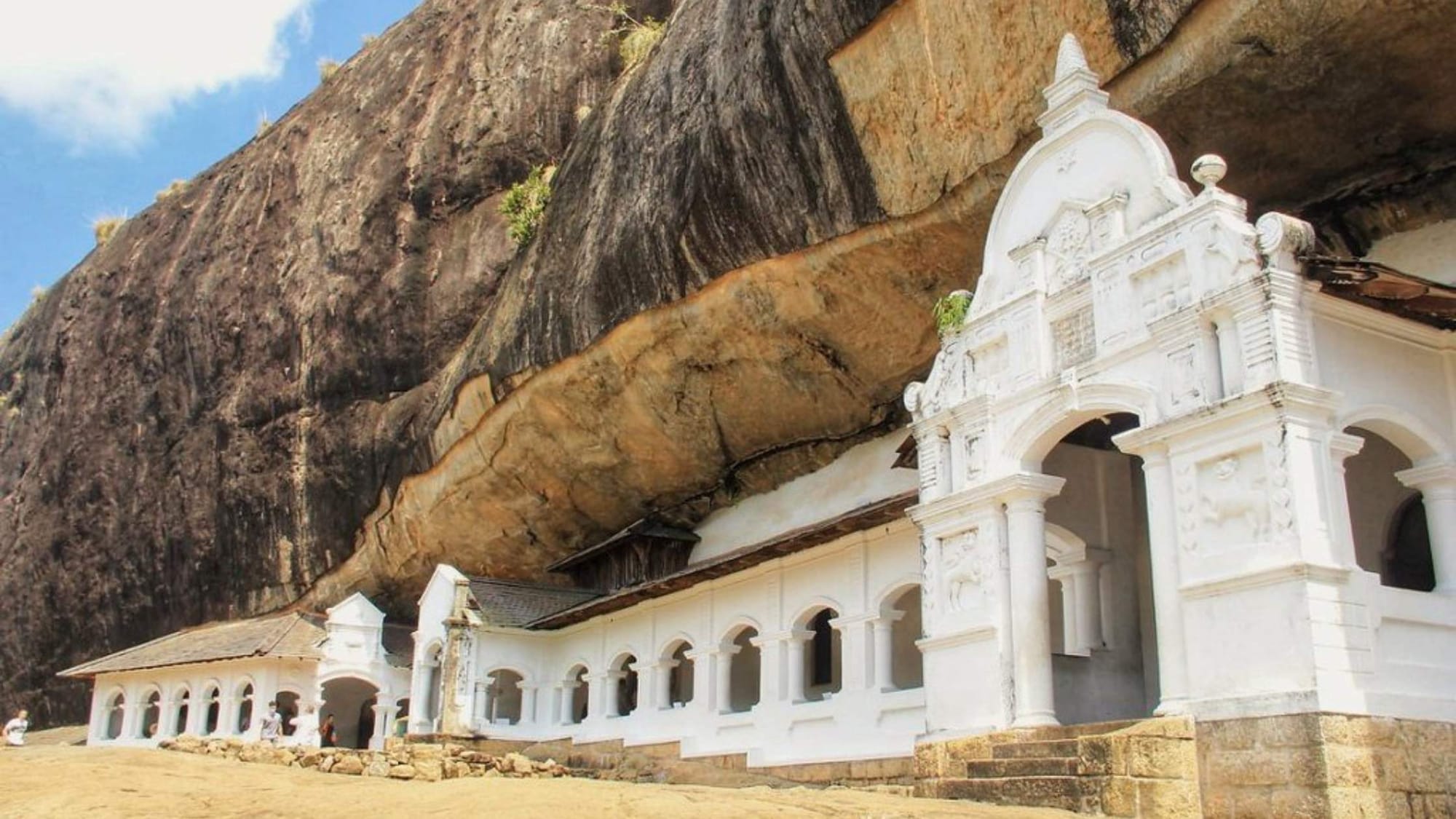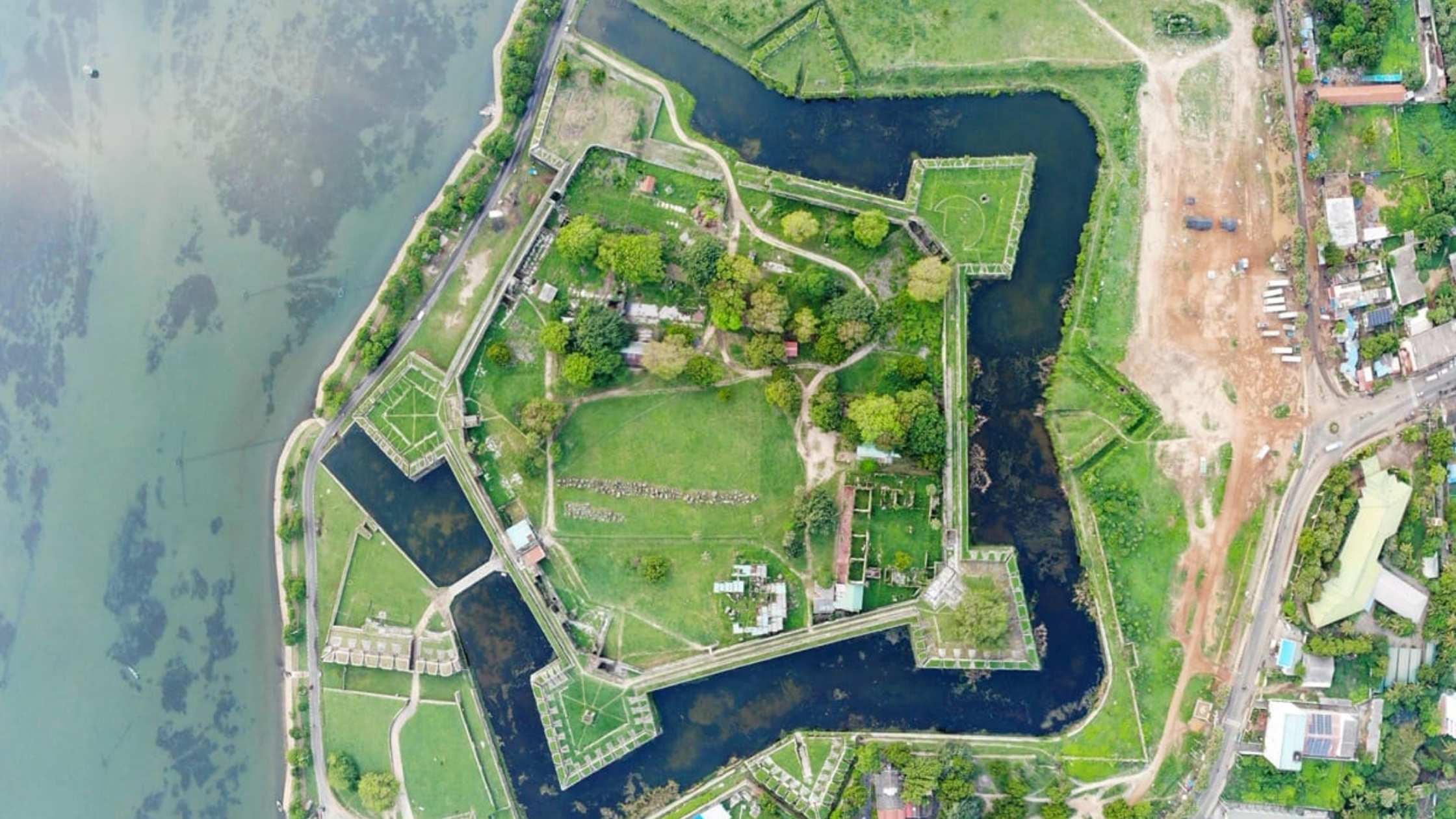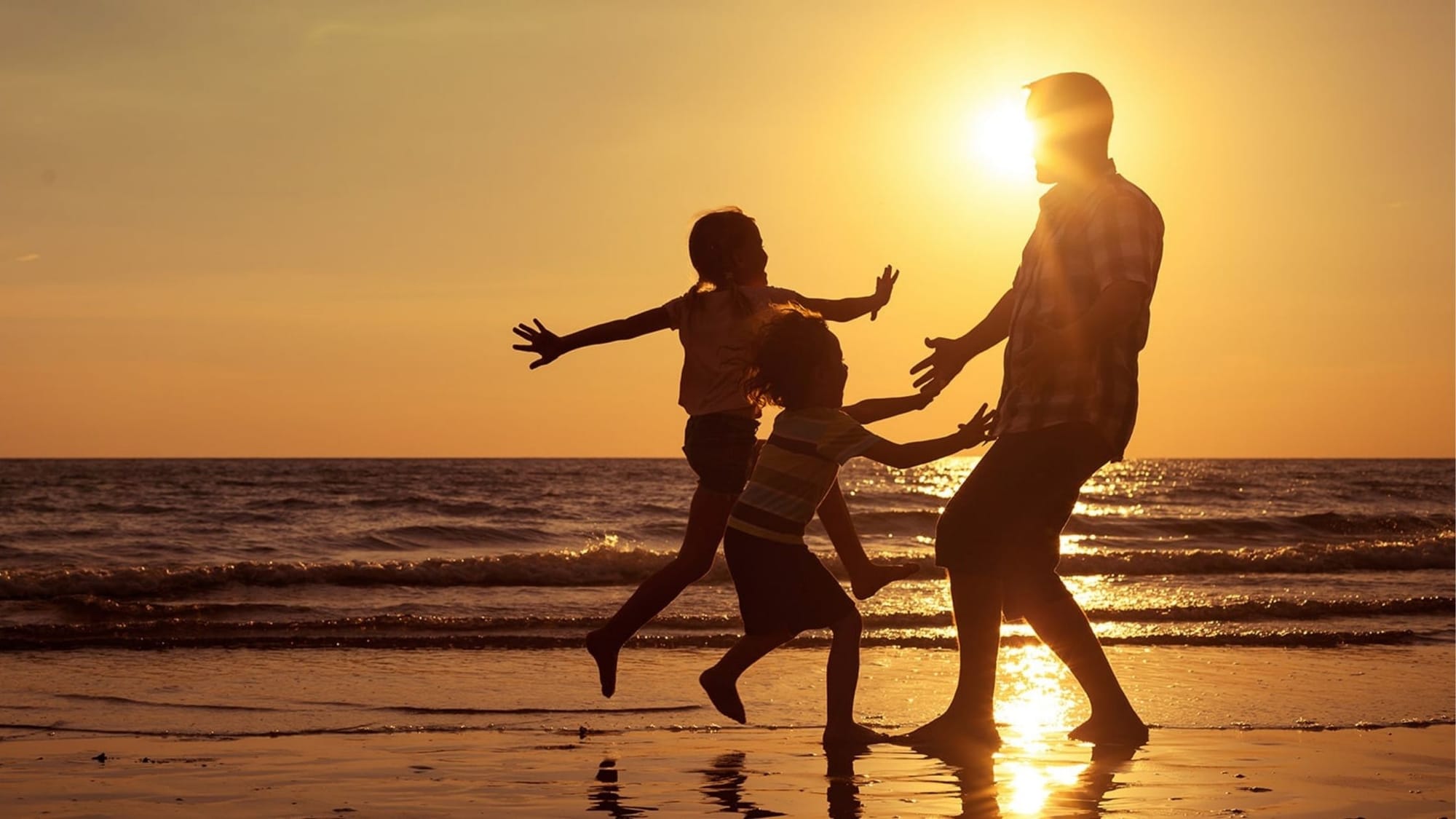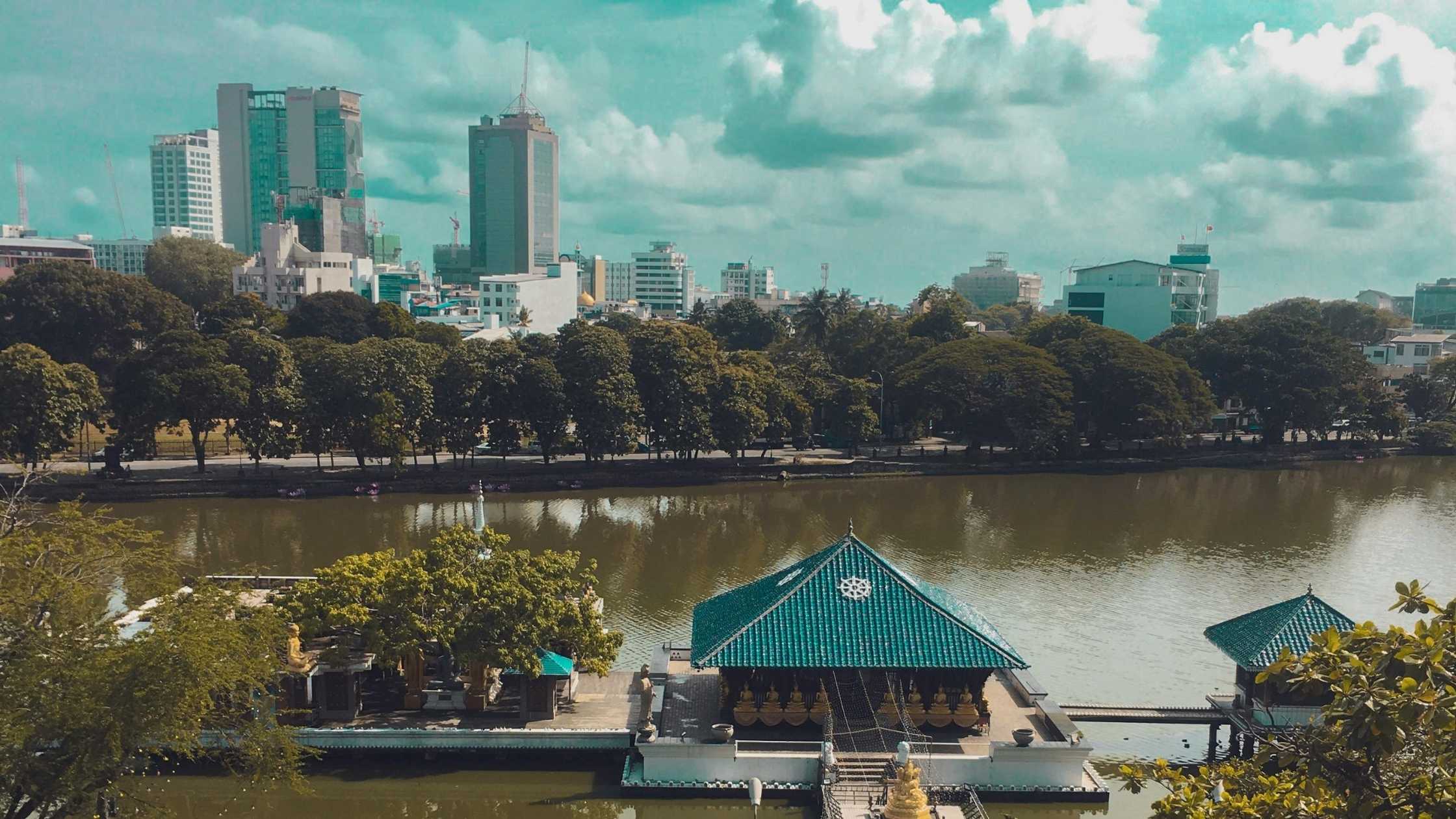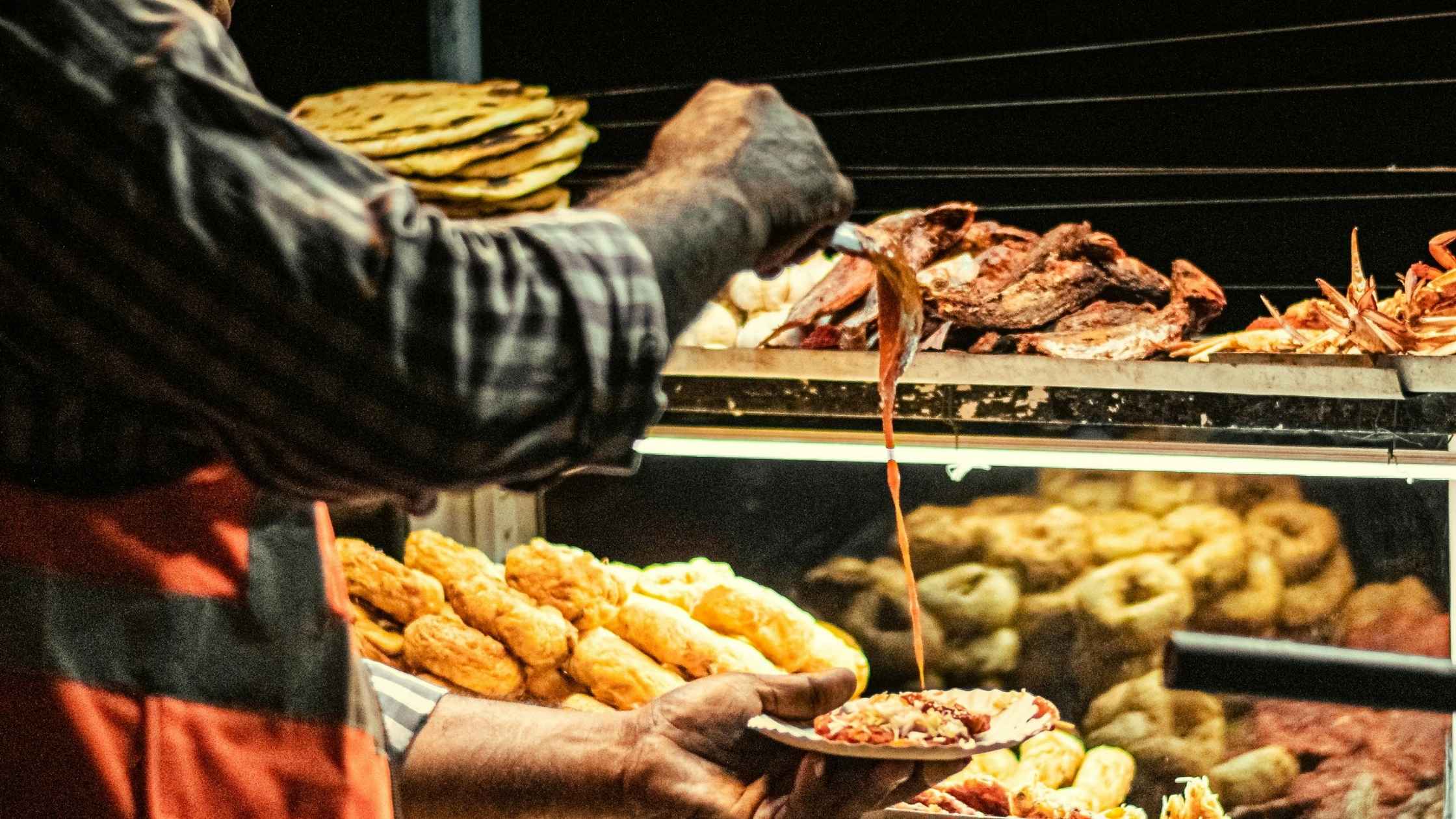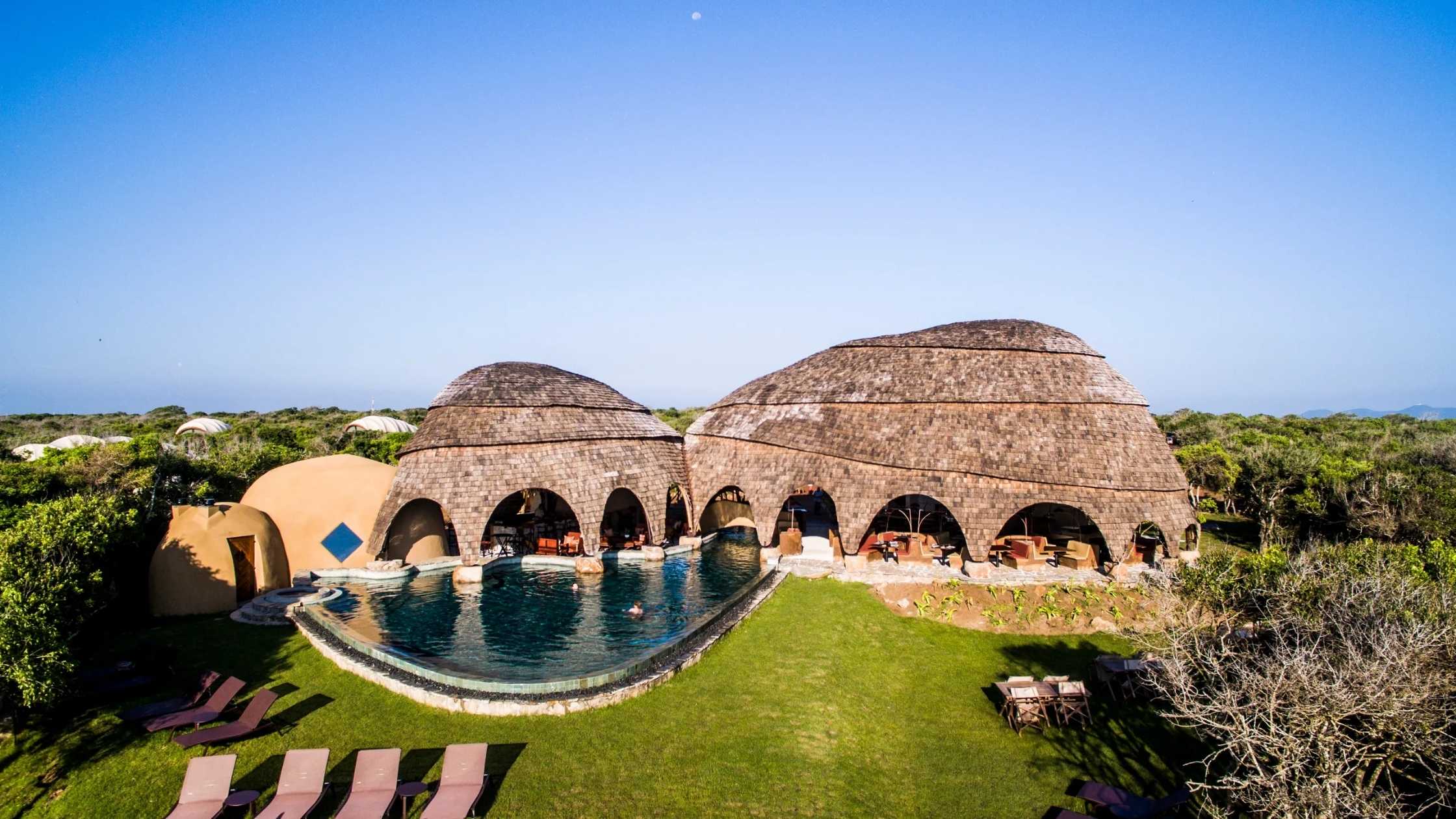Dambulla Cave Temple: A Walk Through History
Imagine this.
You stand at the base of a rock hill in central Sri Lanka. Above you, hidden in the stone, is a secret over 2,000 years old.
Tourists speed on by. They snap a photo and they're gone.
But you're not one of them. You must know why the Dambulla Cave Temple is the Golden Temple of Dambulla, one of the richest spiritual experiences anywhere in Asia.
This is not another temple tour. It's a journey to the heart of an island's soul.
Why This Matters to You
You're about to book your Sri Lanka travel plans. You've heard of Sigiriya. Maybe Kandy.
But this is something travel guides won't tell you: Dambulla offers something those places can't. It's the gasping link between ancient awe and modern discovery.
And there is a climb, yes. We'll go right to it because you're wondering whether it's all worthwhile.
It is. Here's why.
The Story That Changed Everything
This was the 1st century BCE. King Valagamba had lost everything: his throne, his capital, his kingdom.
Exiled and desperate, he sought refuge in these caves. Just bare rock and quiet.
But exile does not last forever. When the king reclaimed his throne, he did not forget about the caves that had protected him. He turned them into a Buddhist temple, a symbol of faith and gratitude.
Centuries went by, and one king after another could not help but leave their mark. More statues. Brighter murals. More in-depth details that would make travelers gasp two millennia later.
The result? Five caves that are not only still standing but alive, breathing color and story.
What You'll Actually See Inside
Each of the caves tells a tale.
Cave 1 - welcomes you with silence and scale. A resting 14-meter Buddha carved out of the very stone itself lies in perpetual repose. The silence here is not empty—it's full of something you'll feel rather than hear.
Cave 2 - the pièce de résistance. The largest cave. The most complex. Forty Buddha statues surround you as painted ceilings unveil Buddhist history and Sri Lankan history in resplendent detail. Kings Valagamba and Nissankamalla watch over you, forever a part of the sanctuary they helped to create.
Cave 3 - added later as an 18th-century addition by King Kirti Sri Rajasinha. Fifty more Buddhas. Different artistic styles. Evidence that piety never stopped evolving.
Cave 4 - sanctuary. Smaller, more subdued, more intimate. A seated Buddha in the center with tranquil figures around him is meditative.
Cave 5 - newest addition, less ornate than the others but no less important. Another reclining Buddha. Simple murals. A reminder that this is a living, breathing place of worship.
Together, they form something rare: a living museum where art, spirituality, and history converge.
The Gory Details (Yes, They Matter)
You're wondering about logistics. Smart.
Where: Dambulla is nicely situated in Sri Lanka's Cultural Triangle. It's 160 km from Colombo (4 - 5 hours' drive), 70 km from Kandy (2 hours), and just 20 km from Sigiriya (30 minutes).
Most people pair it up with Sigiriya or the ancient cities. It makes sense you're in the area anyway, and the pairing will provide a complete cultural experience.
The Ascent: From the parking area, 15 - 20 minutes uphill walk along a rocky stone staircase. Entertaining monkeys will keep you company. Catching glimpses of the surrounding scenery will distract you from burning thighs.
Price: Approximately USD $10, in Sri Lankan Rupees at the cashier.
Hours: 7:00 AM – 7:00 PM. Arrive before 5:00 PM if you want to have enough time to tour properly.
What You Need to Know Before You Go
Dress Code: This is an active religious location. Cover the shoulders and knees. Bring along a sarong or shawl if you wear shorts you'll be needing it.
Footwear: You will be removing shoes at the entrance. The rock path becomes hot. Socks are your best friend.
Photography: Permitted, but no flash. Flash harms centuries-old murals. Also, never be in front of Buddha statues with your back to them. Respect does not cost anything.
Hydration: The hike up is brief but unforgiving. Afternoon heat is real. Pack water.
Timing: Early morning or late afternoon outwits crowds and sun. You'll have the caves to yourself always better when you're searching for connection, not chaos.
Outside the Caves
Dambulla is not solitary.
Sigiriya Rock Fortress is 30 minutes distant a UNESCO world heritage with panoramic views well worth every step of the climb.
Minneriya National Park offers elephant gatherings and safari rides in startling juxtaposition to temple serenity.
Two hours distant stands Kandy with the sacred Temple of the Tooth and botanic gardens showing a lesser-told dimension of Sri Lankan spirituality.
The smart thing to do? Combine them. Morning at Sigiriya, afternoon at Dambulla. Or build a 3 - 4 day Cultural Triangle itinerary that includes Anuradhapura and Polonnaruwa.
The Experience You Can't Photograph
What the guidebooks omit.
Dambulla is not just historic. It's real. Pilgrims travel the pilgrimage each day to meditate, place flowers, and light oil lamps. The dedication you'll observe isn't performance, it's perpetuity.
Over two millennia, visitors have traveled to these caves to seek peace, to pray, to connect with something beyond themselves.
If you stand there, quietly, you are part of the same current. The same respect. The same sense that some places hold more than history they hold meaning.
Your Itinerary, Made Easy
Day trip option: Sigiriya morning hike, Dambulla in the afternoon, Minneriya evening safari.
Extended tour: Combine Dambulla with Anuradhapura and Polonnaruwa in 3–4 days for the complete ancient heritage experience.
Both work. Your choice depends on time and how intensively you want to experience Sri Lanka's Cultural Triangle.
Why This Matters
The Dambulla Cave Temple is not another stop along a tourist route.
It's a living archive. A testament to religious passion, artistic brilliance, and cultural resilience across two thousand years.
The murals glow. The statues are awe-inspiring. The silence speaks.
Whether you marvel at the reclining Buddha, tracing colors of frescoes centuries old, or simply sit in contemplative quiet, Dambulla is an experience that lingers.
Years down the line, after you've trekked down the stone steps, made your way past the last monkey, and returned to your hotel, something stays with you.
That's not advertising gobbledygook. That's the authenticity of holy space done right.
For visitors exploring Sri Lanka's Cultural Triangle, it is not optional. It's essential.
The question is not if you should go to Dambulla.
It's if you're prepared for what awaits you there.


